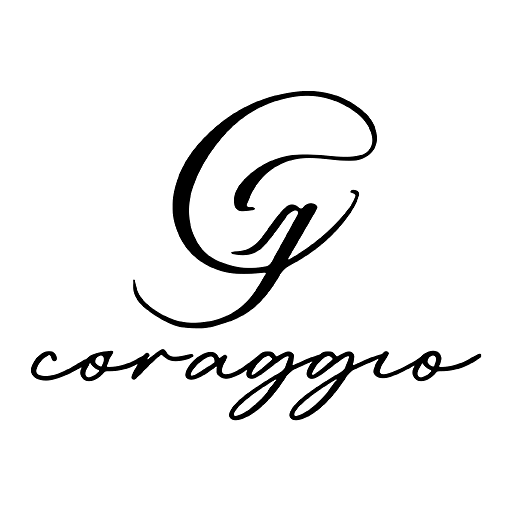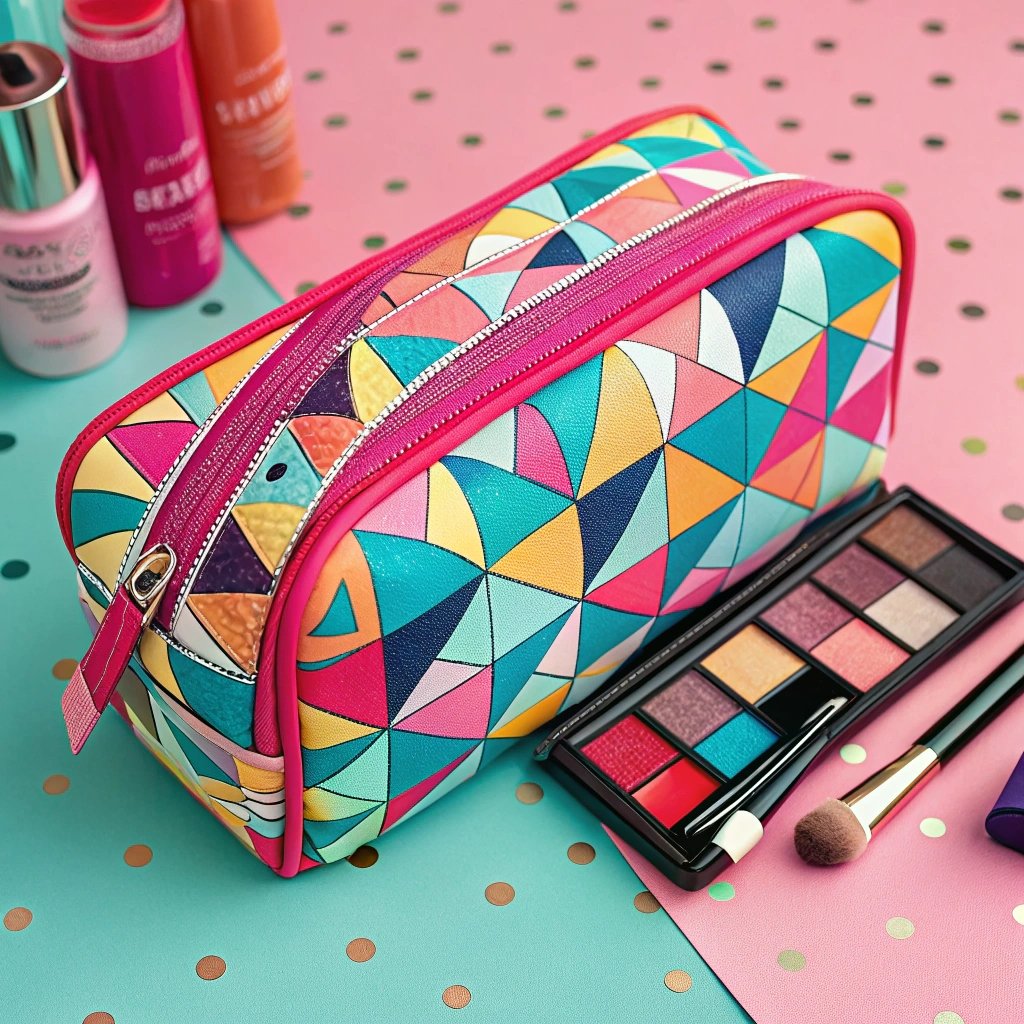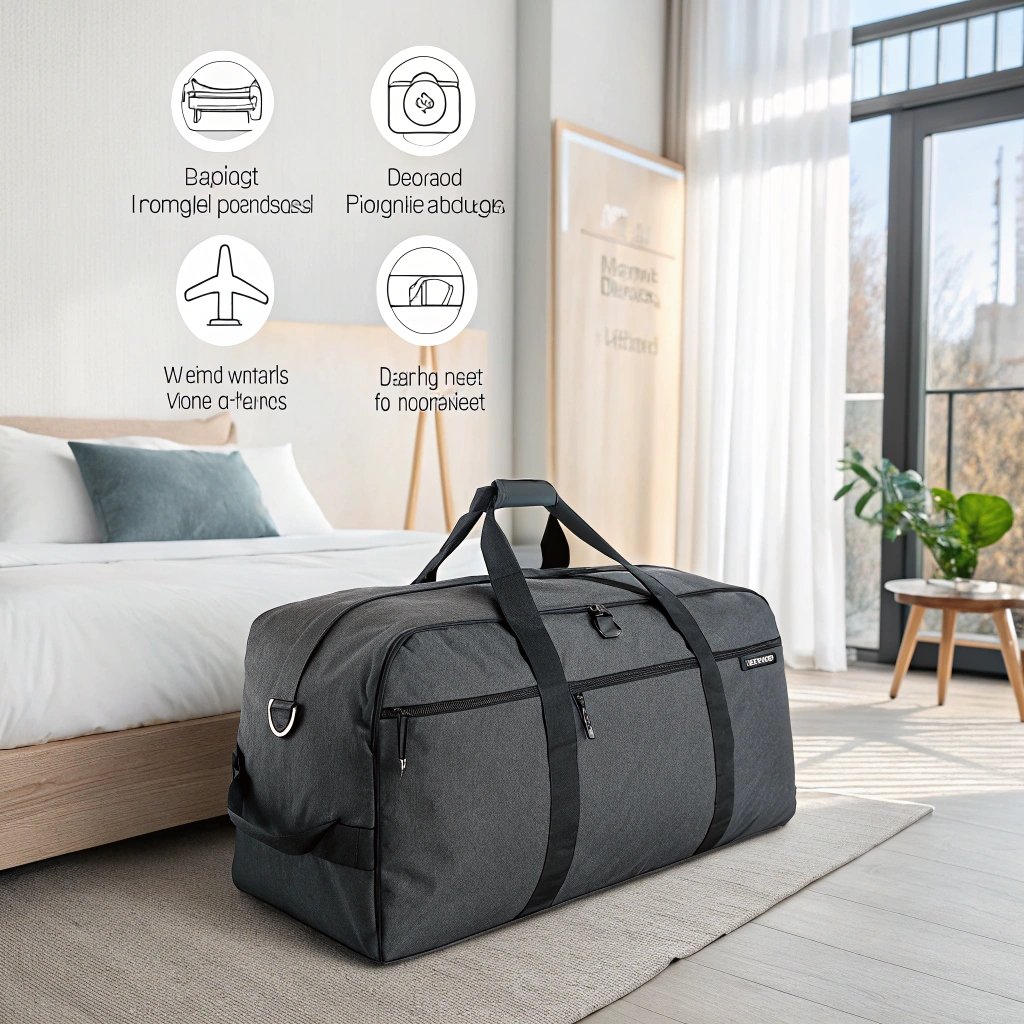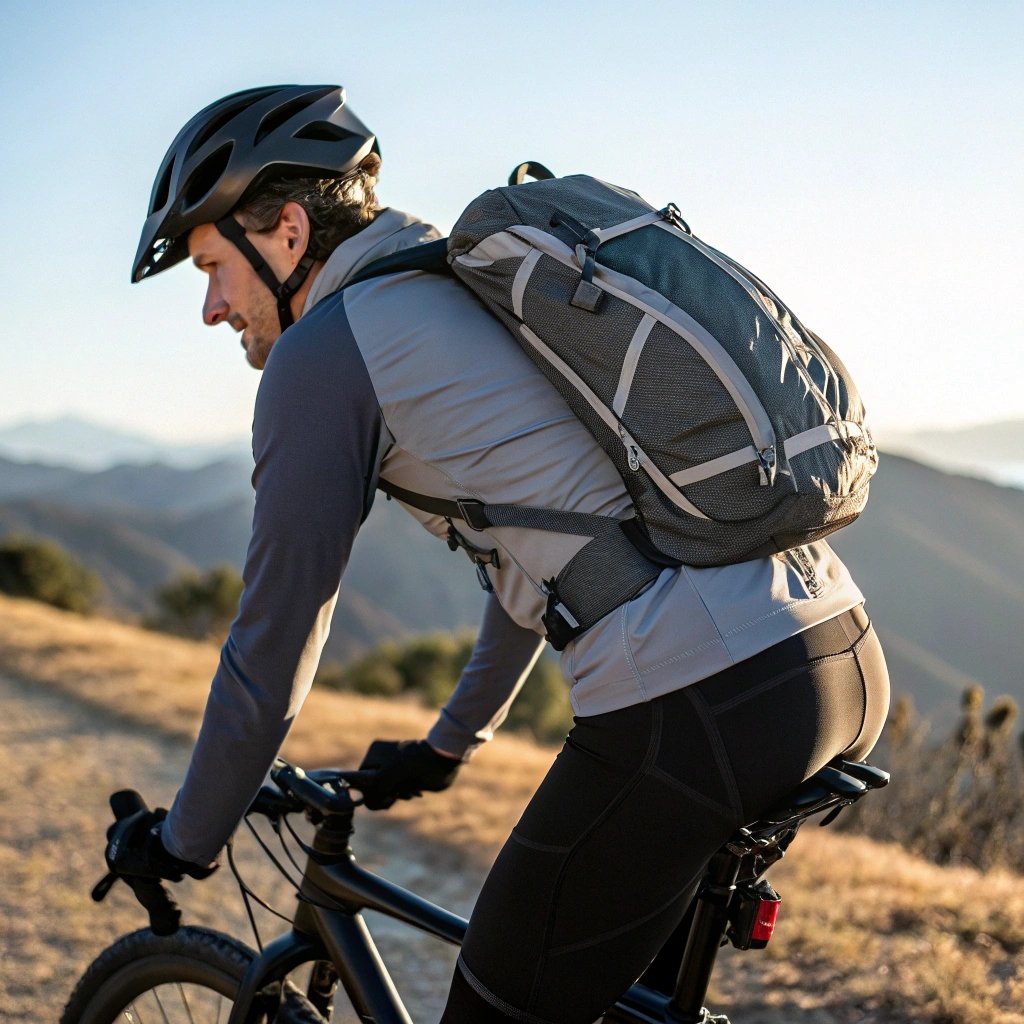When it comes to bags, there are several features that attract customers. But what makes a bag stand out to your target audience?
Features such as functionality, durability, design, comfort, and price are crucial in bag selection. Whether for daily use, travel, or fashion, customers prioritize these elements when choosing the right bag.
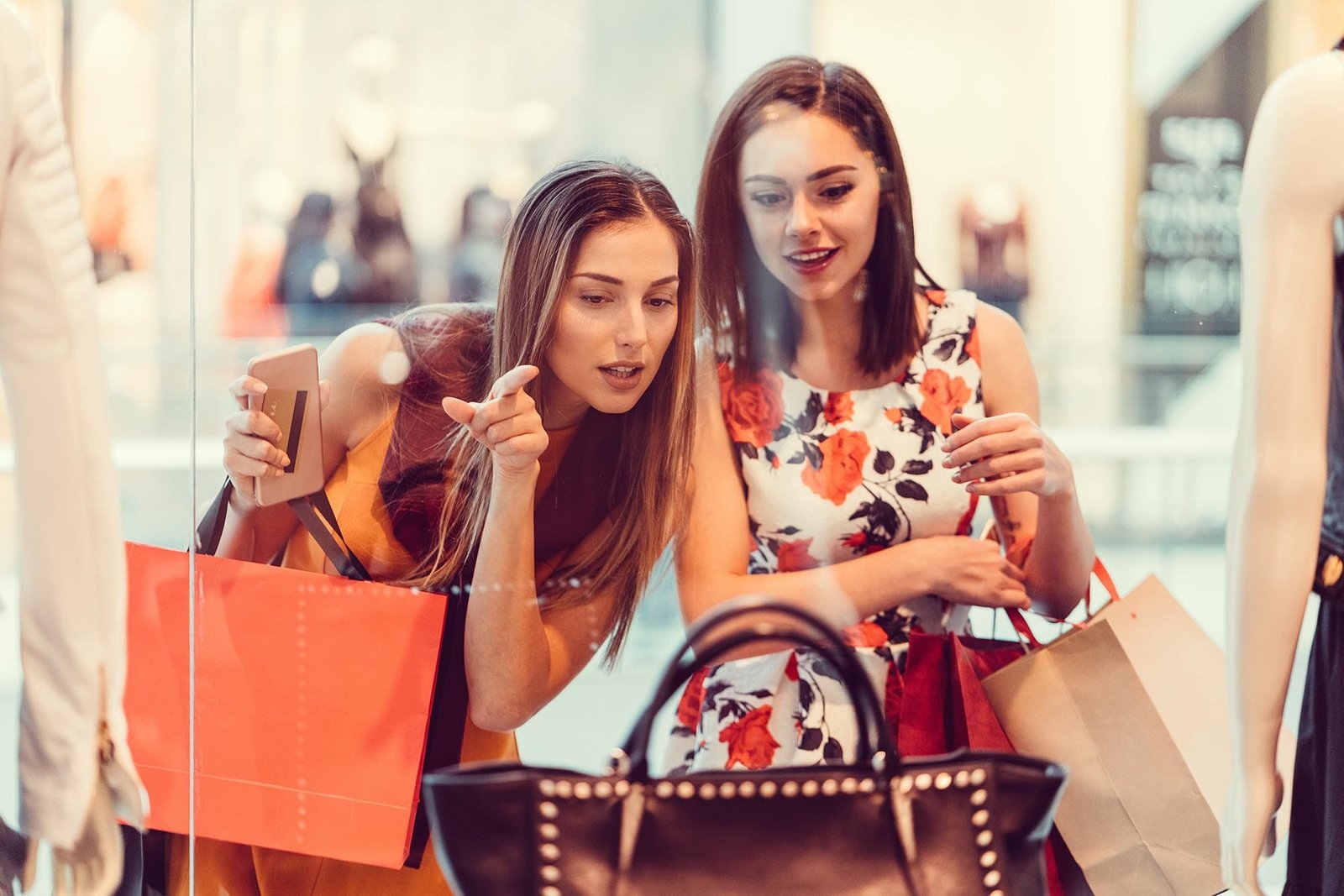
The key to attracting the right customers is to understand what appeals to them. Let’s dive into the essential features that drive bag sales.
Who is the target audience for handbags?
Handbags are not just about style—they serve as functional accessories. But who exactly is the target audience?
The target audience for handbags includes women aged 18-50, particularly those who value fashion, function, and brand prestige. Additionally, bags for professionals, travelers, and parents are targeted at specific groups.
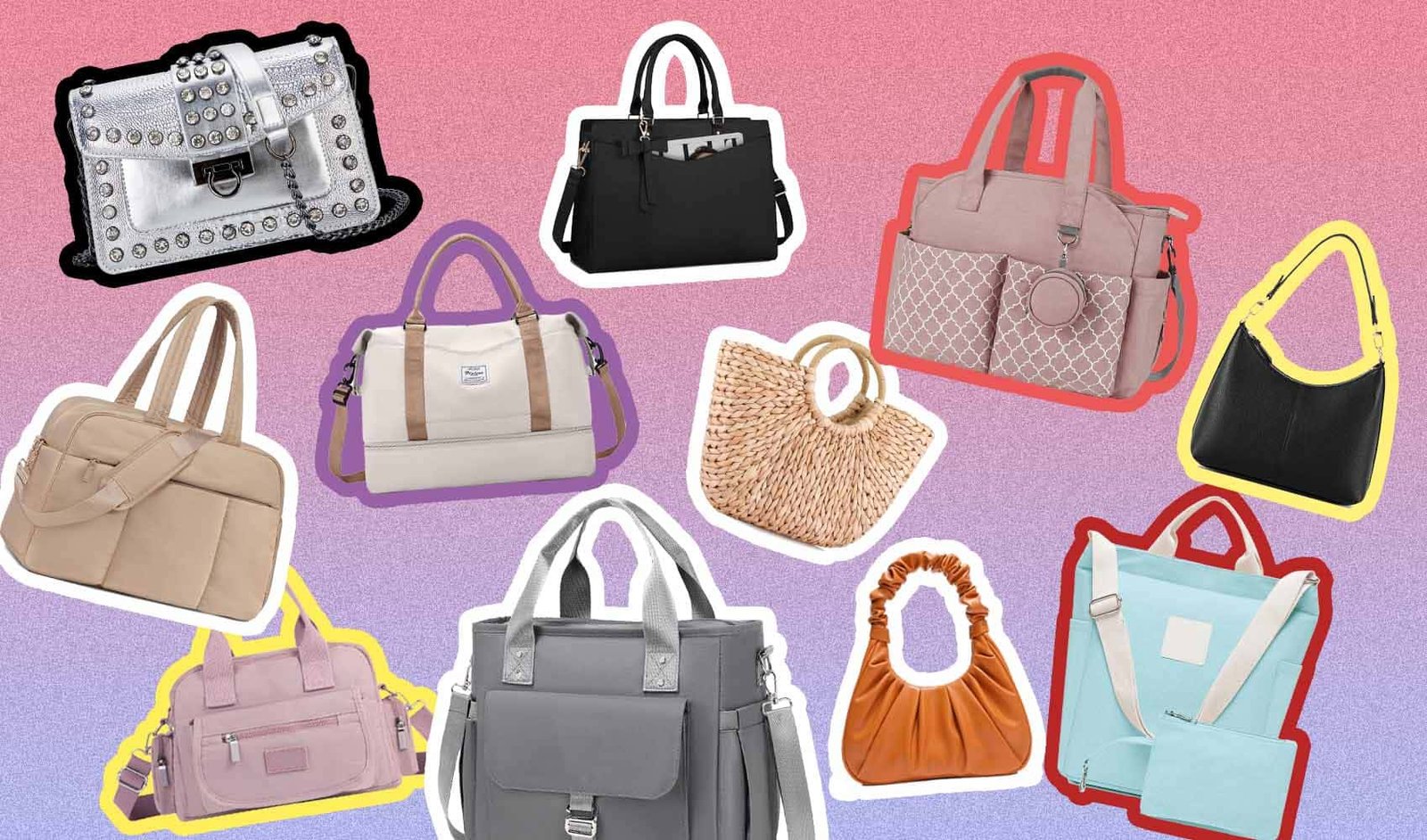
Key customer segments for handbags
| Segment | Characteristics | Popular Products |
|---|---|---|
| Fashion-forward women | Interested in trendy, stylish bags | Luxury handbags, designer totes |
| Working professionals | Need functional, durable bags for work | Briefcases, laptop bags, satchels |
| Moms and parents | Require spacious, practical bags | Diaper bags, multi-pocket totes |
| Travelers | Value lightweight, multi-functional bags | Backpacks, weekender bags, duffels |
| Eco-conscious buyers | Prefer sustainable, eco-friendly options | Vegan leather bags, recycled material bags |
The role of brands in targeting specific audiences
Brands create bags that align with the needs of different audiences. For instance, luxury bags target affluent consumers, while eco-conscious bags attract environmentally aware buyers.
How to promote a bag product?
Effective promotion is key to driving bag sales. But what are the best ways to market a bag?
To promote a bag, focus on digital marketing strategies like social media advertising, influencer partnerships, and content marketing. Traditional methods like print ads, in-store displays, and collaborations with retailers are also effective.
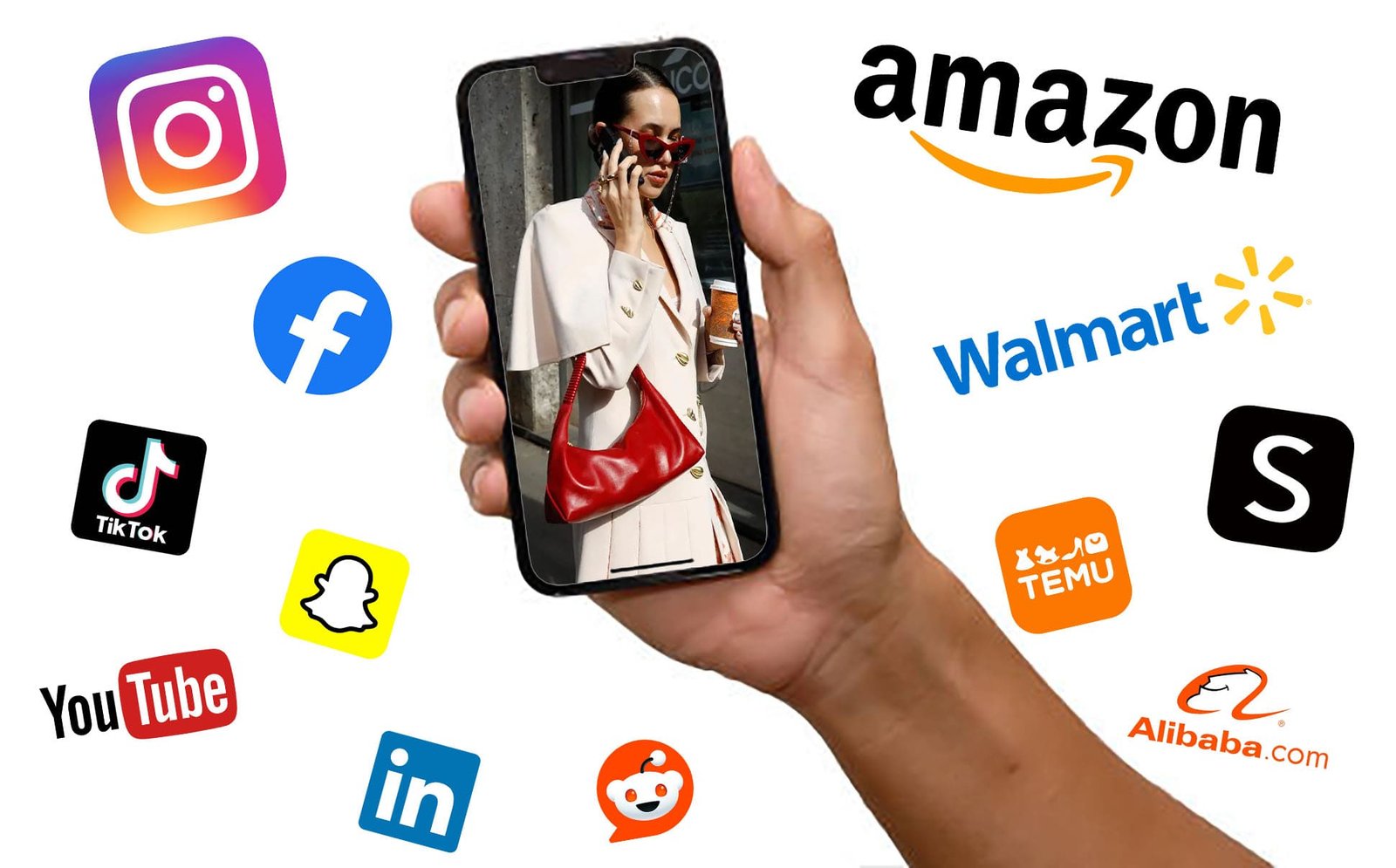
Effective marketing strategies for bags
| Strategy | Description |
|---|---|
| Social Media Ads | Use platforms like Instagram, Facebook, and TikTok to target fashion-savvy consumers. |
| Influencer Collaborations | Partner with influencers to showcase bags in everyday settings. |
| Email Campaigns | Send targeted promotions and updates to customers who have previously purchased. |
| Online Marketplaces | Sell through e-commerce sites like Amazon or Etsy, where bag buyers frequently shop. |
| Pop-up Shops & Events | Create unique in-person experiences to engage local customers and boost brand awareness. |
Why influencer marketing works
Influencers have a trusted voice among their followers. A well-chosen influencer can amplify a bag’s appeal, particularly when the product is stylish or has a strong lifestyle component.
How do I market my bag business?
Marketing your bag business involves more than just showcasing your products—it’s about building a brand identity.
To market your bag business, establish a strong online presence, engage in content marketing, and offer excellent customer service. Develop a unique brand story and consistently communicate your values through your products and messaging.
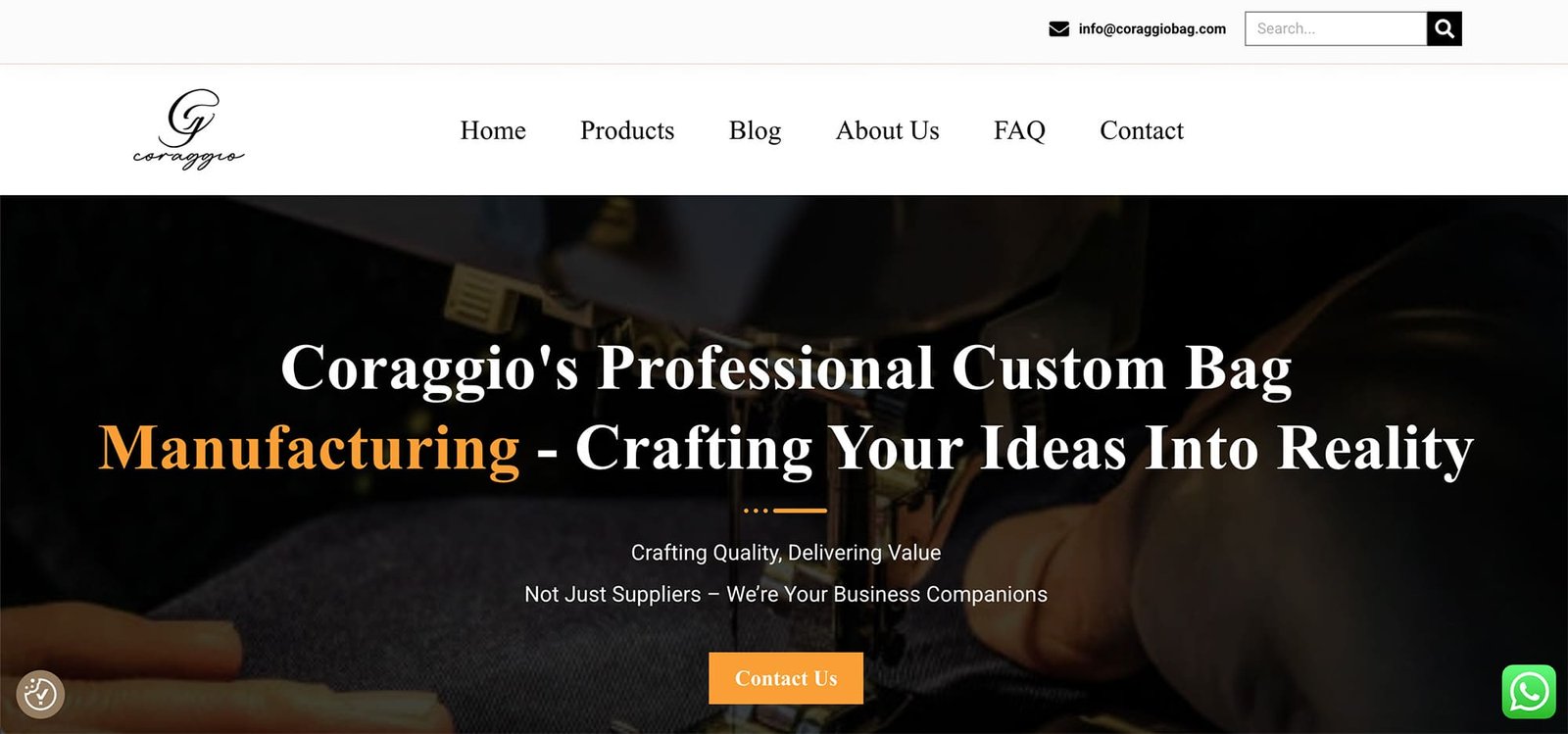
Key marketing strategies for a bag business
| Strategy | Description |
|---|---|
| Build an Engaging Website | Your website should be easy to navigate, showcasing your products and the story behind your brand. |
| Content Marketing | Share blog posts, videos, and tutorials that highlight your bags’ features and how they fit into customers’ lives. |
| Customer Reviews | Encourage customers to leave reviews and share their experiences with your bags. |
| Social Proof | Use customer-generated content, such as social media posts featuring your bags, to build credibility. |
| Offer Discounts & Promotions | Run limited-time offers or loyalty programs to encourage repeat purchases. |
Importance of customer engagement
Building strong relationships with customers through personalized experiences and engaging content can create brand loyalty, leading to sustained sales growth.
What age group buys the most bags?
Age plays a big role in determining the types of bags that sell best.
The most common bag buyers are between the ages of 25-44. This age group is often looking for functional yet stylish bags for work, travel, and leisure. However, younger (18-24) and older (45+) consumers also make up significant portions of the market.
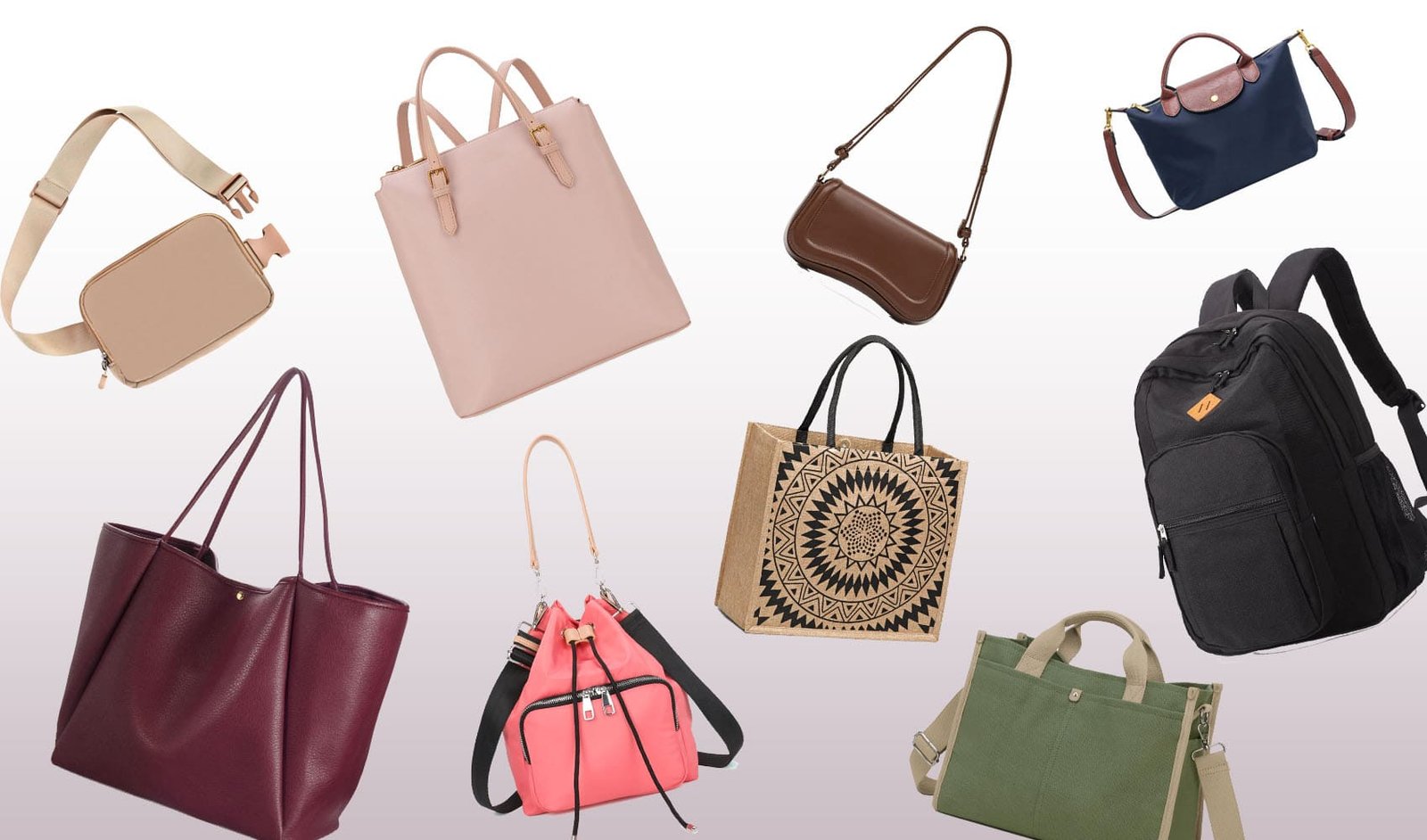
Age group breakdown for bag purchases
| Age Group | Preferences |
|---|---|
| 18-24 | Trendy, affordable bags like backpacks, crossbody bags, and fanny packs. |
| 25-34 | Stylish, functional bags, such as work totes, handbags, and backpacks. |
| 35-44 | High-quality, professional bags for work, as well as fashionable handbags. |
| 45-54 | Durable, classic bags with a focus on comfort and practicality. |
| 55+ | Comfortable, easy-to-carry bags, such as lightweight purses or large totes. |
Age-related preferences and buying behavior
Younger buyers tend to prioritize trends and affordability, while older consumers often focus on practicality, quality, and comfort.
Conclusion
To appeal to bag customers, brands must offer functional, stylish, and affordable products that cater to the target audience’s specific needs. By understanding key market segments, leveraging effective marketing strategies, and focusing on age-related preferences, businesses can successfully connect with their customers.
